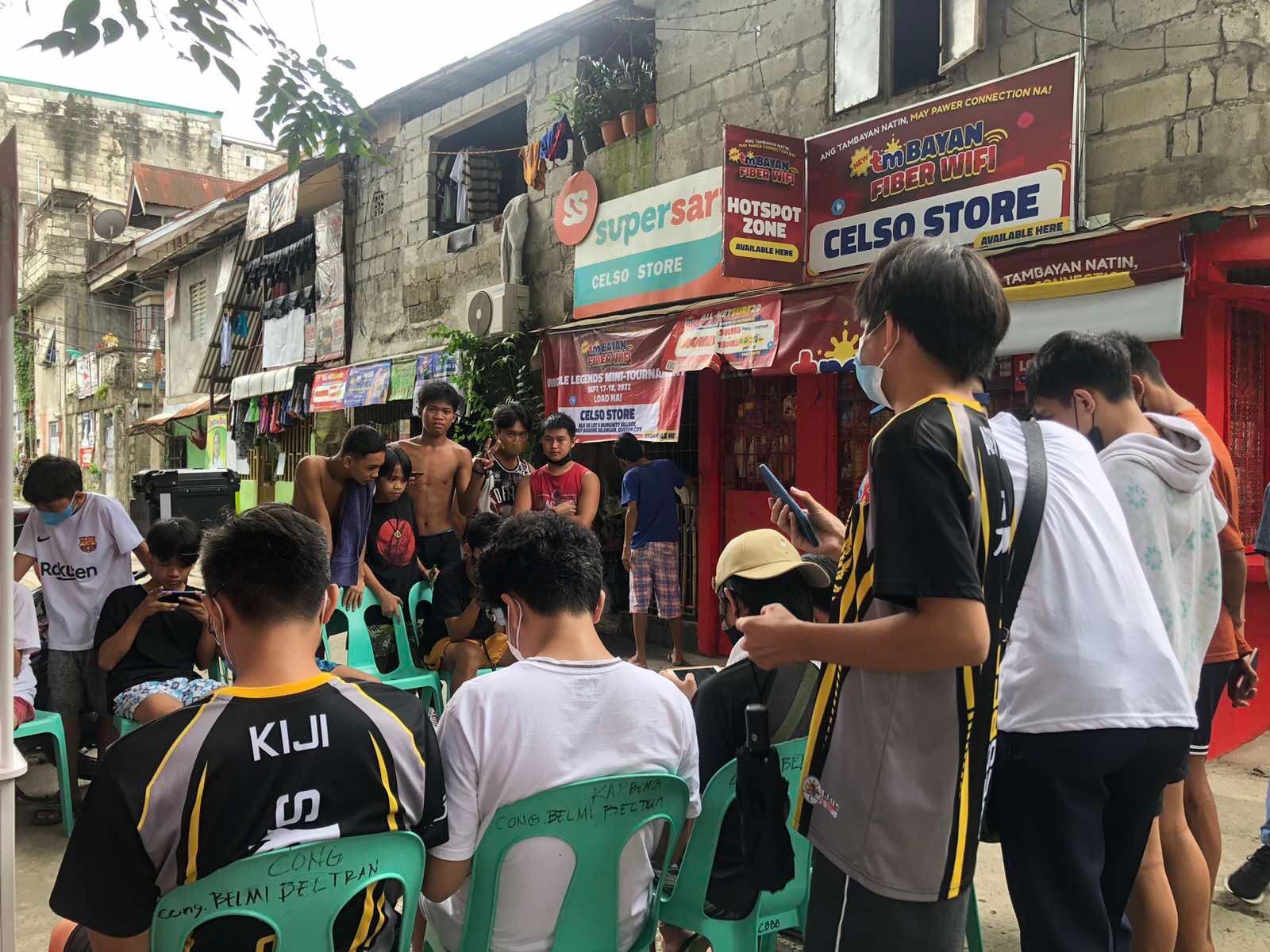SUMMARY
This is AI generated summarization, which may have errors. For context, always refer to the full article.

MANILA, Philippines – In an inflation-stricken country obsessed with social media, Filipinos have been seeking the best internet deals at the lowest possible cost.
To continue browsing Facebook or dancing to the latest TikTok trends, Filipinos have turned to the so-called “piso WiFi,” a service reminiscent of internet cafes and the “piso net” that boomed during the early 2000s.
For as low as P1 or P5, customers can connect their devices to a WiFi service for under an hour – just enough to respond to messages online and have laughs over the latest memes.
Seeing the potential of the said market, telco giant Globe recently launched a prepaid fiber connectivity service called TMBayan Fiber WiFi, a play on the Filipino word tambayan or a hangout place.
For just P5 (around $0.09), people can get access to high-speed internet services for one hour, P20 for 12 hours, and P50 for three days.
“Everything’s increasing, and we need to be sensitive to the times and to our customers. We cannot come out there and just price ourselves as if there’s no crisis or calamities going on, so we continue to try our best to give the best quality at the right prices,” said Issa Guevarra Cabreira, Globe chief commercial officer. (READ: Philippine inflation rate soars to nearly 14-year high of 7.7%)
There are currently around 500 “TMBayans” strategically located in sari-sari stores, basketball courts, and bus terminals. Dormitories and laundry shops have also started to catch on the news and have inquired about installations.
Subscribers also don’t need to stay in just one area. For example, a person who registered in a sari-sari store can continue browsing the internet in a laundry shop or bus terminal with a TMBayan connection. This is Globe’s clear advantage compared to the typical piso WiFi services that restrict the movement of customers.
Cabreira declined to say how many TMBayans they’re aiming to launch, just noting that they intend to have “so much more” of these hubs and that this business strategy would effectively boost Globe’s bottomline.
“When we serve the prepaid market, that’s when the magic happens for us,” Cabreira said, adding that the postpaid subscribers comprise just 5% of the total market.
Smart’s deals
So far, Globe’s rival Smart has no plans to jump in on the sachet internet service. But the Pangilinan-led telco has acknowledged that consumers are looking for more value for their hard-earned money.
“During times of inflation they focus on essentials and prioritize…. Internet use is reduced but not completely stopped,” said Francis Flores, head of Smart’s consumer business group.
Flores said that they have observed that as the economy reopened, clothing and other personal care items have somewhat taken away some of the budget for internet services.
Smart’s lowest offerings so far are under its “affordaloads,” where P10 gives mobile subscribers up to 100 megabytes of internet service for a day. With P50, customers have 50 gigabytes for three days. –Rappler.com
Add a comment
How does this make you feel?











There are no comments yet. Add your comment to start the conversation.